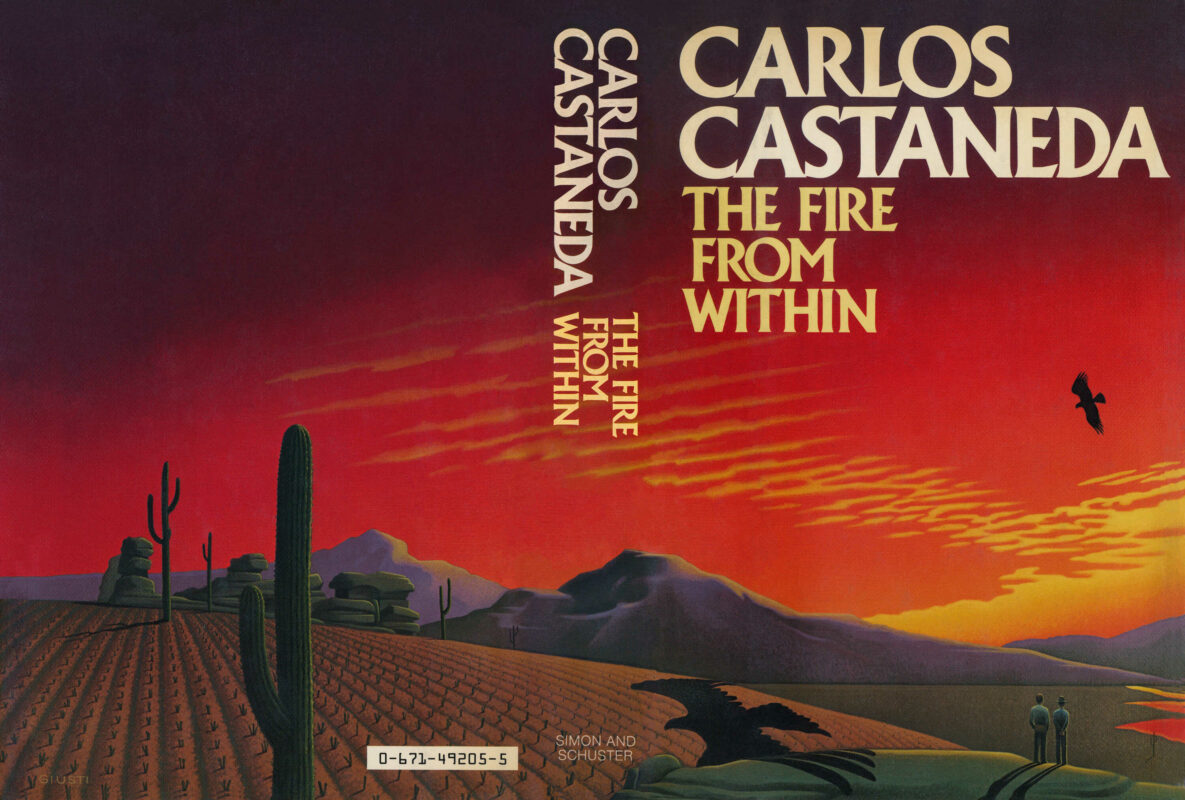Great Bands of Emanations – The Fire from Within
Don Juan continues his explanation of awareness, introducing the concept of great bands of emanations. He explains that the Eagle’s emanations are grouped into 48 bands on Earth, with 8 producing awareness (one organic and seven inorganic). He elaborates on the three “bundles” of awareness (beige-pink, peach, and amber) that crisscross these eight bands, with humans being connected to the amber bundle. Don Juan emphasizes that true understanding comes from direct seeing rather than mere inventory. He describes inorganic beings and their unique characteristics, contrasting them with organic life. The conversation then shifts to the nature of different worlds assembled by the assemblage point and how surplus energy allows a seer to perceive other bands. Don Juan also discusses the special relationship between man and plants, noting the varying positions of their assemblage points and how old seers exploited this for sorcery, often transforming themselves to access deeper realms. He concludes by stressing the old seers’ aberrant focus on breaking perceptual barriers, even through dangerous transformations, which the new seers largely avoid.
Great Bands of Emanations – The Fire from Within Read More »
